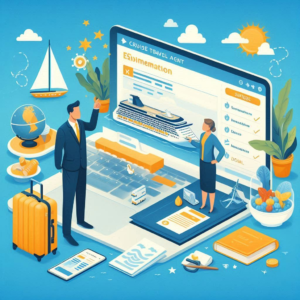Nordic countries
The ensemble, comprising Denmark, Finland, Iceland, Norway, and Sweden, indeed share common threads in terms of social structure, economic models, and cultural norms. However, each nation also boasts its own unique patterns, contributing to true diversity of the Nordic region. The Nordic countries are geographically bound by their northern latitude, with their territories sprawling from the icy embrace of the Arctic Circle to the temperate zones of the south. Denmark, the southernmost, is characterized by its peninsular Jutland and an archipelago of islands connecting to the European mainland. In contrast, Finland, Sweden, and Norway stretch longitudinally, with Norway and Sweden sharing the mountainous spine of the Scandinavian Peninsula, and Finland resting against the eastern flank. Iceland, the most westerly, is an island nation sitting astride the tectonic Mid-Atlantic Ridge, known for its volcanic landscapes and geothermal wonders. This geographical diversity sets the stage for a variety of natural features that define each country’s unique beauty and challenges.




